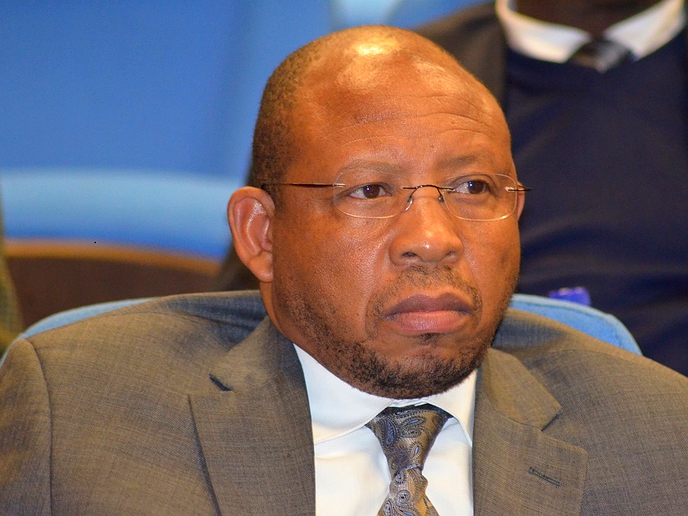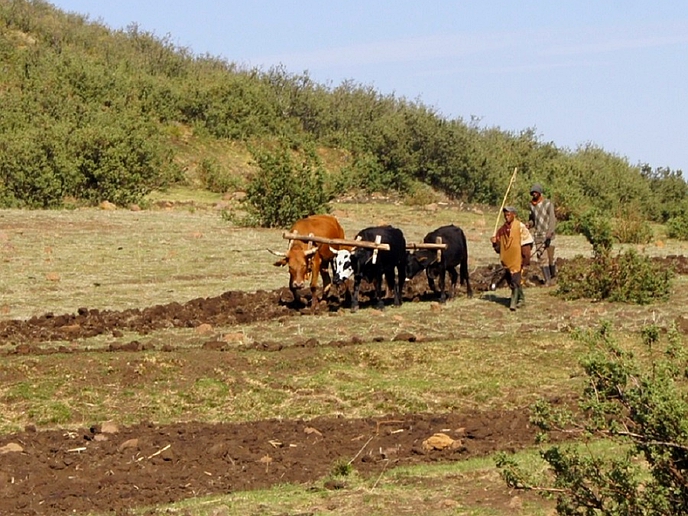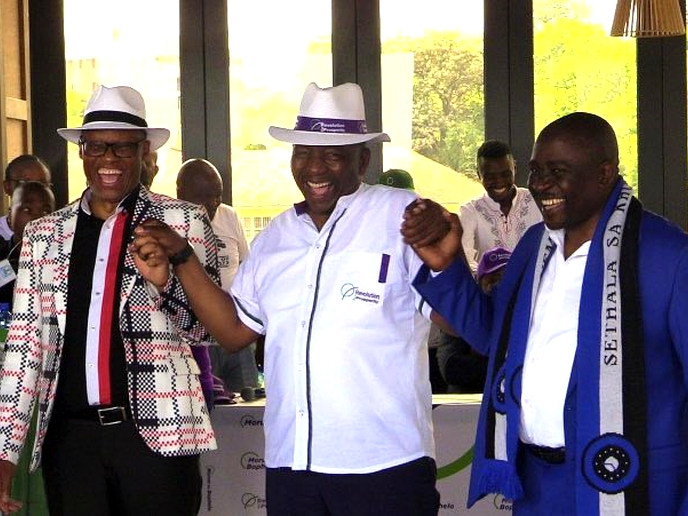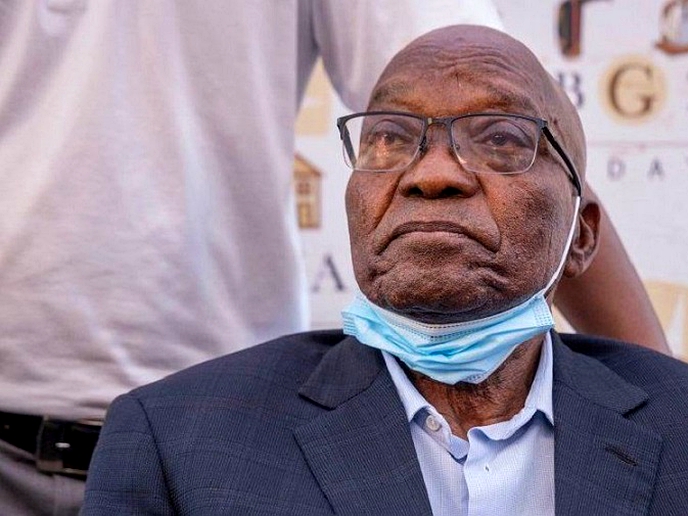IN the past 15 years, Lesotho enjoyed a steady growth in GDP of around 3 percent, and the national poverty rate has decreased from 56.6 percent, in 2002 to 49.7 percent in 2017.
comments
Dec. 16, 2021
EDITOR
2 min read
How children in Lesotho experience poverty
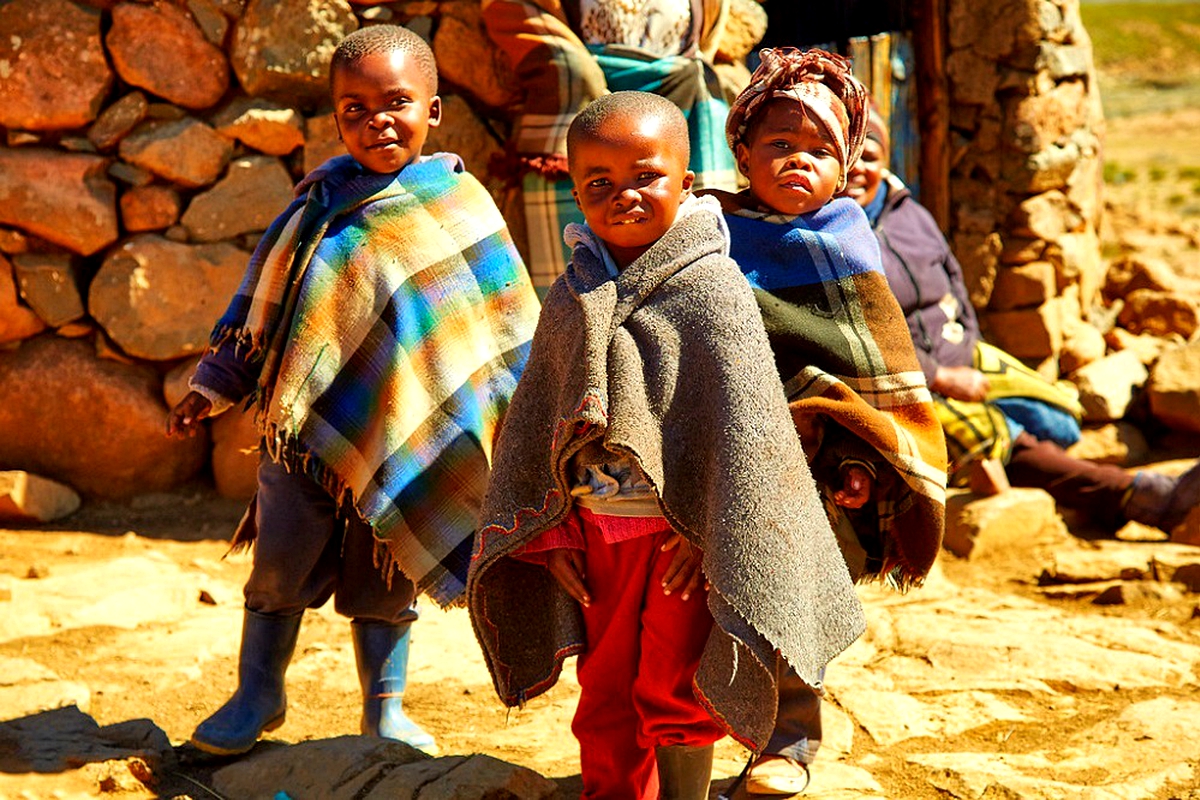
Story highlights
Despite the overall improvement in national poverty, many Basotho children and adolescents are still living in multi-dimensional poverty.
Knowing which children are poor, where they live, and the make-up of their household is important-not only to understand the situation, but also to design the right policies and implement the programmes that will address and reduce poverty for every child.
With this commitment in mind, UNICEF, together with the Lesotho Bureau of Statistics (BOS) in the Ministry of Development Planning conducted a “MODA” analysis for Lesotho.
MODA stands for Multiple Overlapping Deprivation Analysis and is a specific tool that UNICEF developed so that it can go beyond measuring poverty by household income and expenditure alone.
Instead, MODA allows the UNICEF to focus on how people, especially children, experience life. To achieve this, MODA measures the poverty of outcomes. Put simply: MODA allows the UNICEF to measure what goods and services a family is able to access for their children to achieve their well-being and full development.
MODA's unique advantage versus other poverty measures is that it captures how children at different ages uniquely experience poverty. The methodology is, in fact, able to dissect what children would be deprived of, at different ages, in terms of key results of cognitive and physical development and of well-being and the extent to which the different deprivations overlap. Inspired by the Convention of the Rights of the Child, a key international convention ratified by Lesotho, the MODA methodology is context specific, with each country determining what dimensions are most important for its children's development.
Enjoy our daily newsletter from today
Access exclusive newsletters, along with previews of new media releases.
In Lesotho, eight dimensions were measured in the MODA analysis. Four dimensions are measured at the household level because they affect all household members equally, regardless of age: water, sanitation, housing, and access to information. The other four dimensions: nutrition, health, education, and protection from violence, are measured for each child. Depending on the age of the child, different measures are applied. The focus in Lesotho, looked at four distinct age groups of children: infancy (0-23 months), early childhood (24-59 months), primary childhood (5-12 years) and adolescence (13-17 years).
Findings from the MODA analysis are a sobering wake up to all: more than two in five children, or 45.5 percent of all Basotho children, are multi-dimensionally poor. That is, almost half of children in Lesotho are deprived in three or more dimensions of poverty. Alarmingly, almost all children, 94.6 percent, experience at least one deprivation.
Tailored for you



